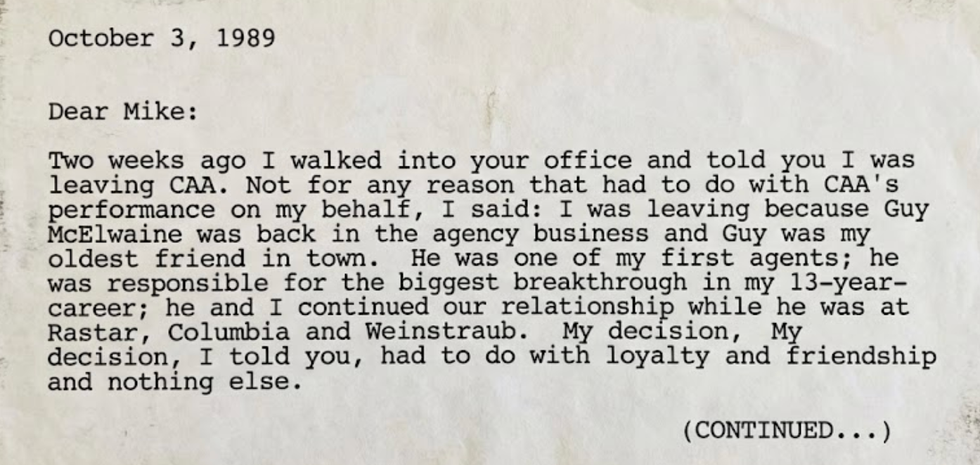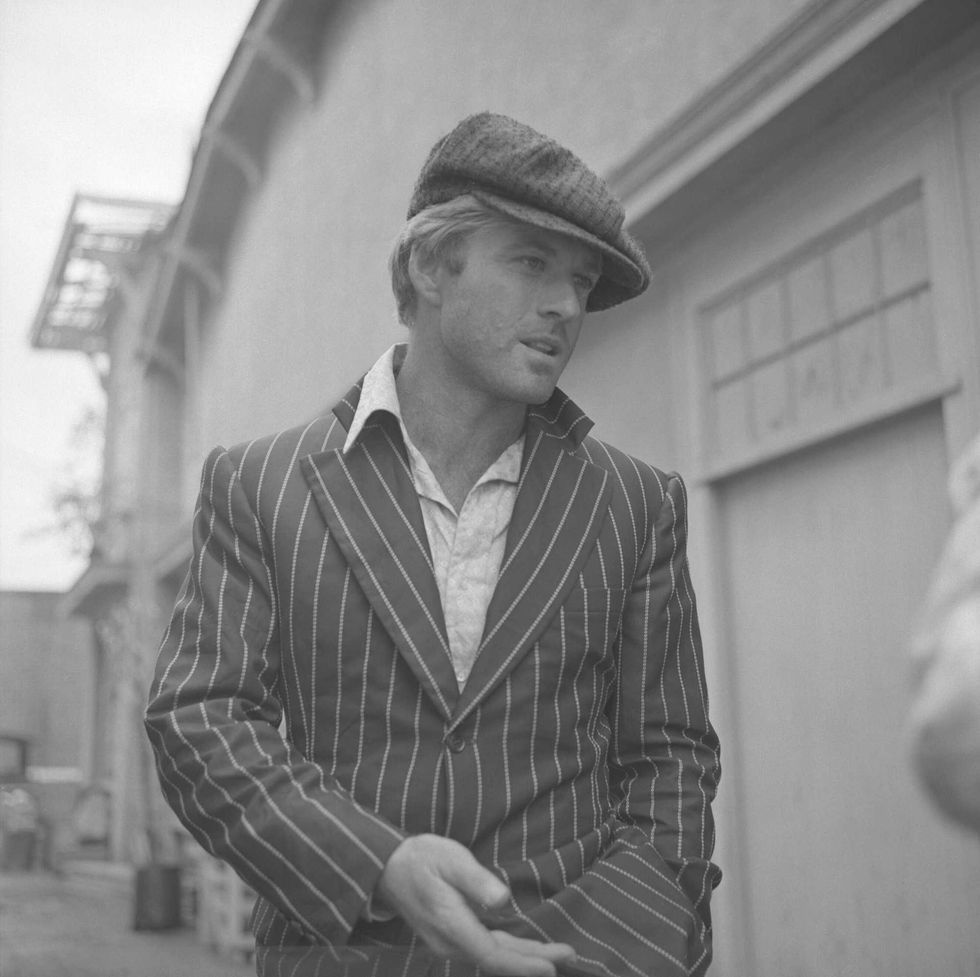With Louisiana now hot on the heels of Los Angeles as a hub for film production and companies like Kickboard and TurboSquid representing the “Silicon Bayou” tech economy, New Orleans is still blossoming. The city hosted its third international art biennial this fall, alongside a local film festival, fringe theater festival, and comedy festival, which all continue to grow larger each year. Of course, not everyone is happy with the attention. Often transient movie industry workers have been blamed for rapidly increasing rents citywide. Staggering statistics about pervasive racial inequalities put a damper on rosy economic outlooks. Noise ordinances, cultural misunderstanding, and appropriation put many locals on the offense, sparking heated debate over gentrification, charter schools, and the effects of outside influence on the city’s soul. And yet, the looming vulnerability of New Orleans’ coastal environment continues to stimulate this dynamic crescent of creative self-expression and heart-centered resiliency.
Hub for progress
Entrepreneurship is ripe in New Orleans, driven in large part by programs like Idea Village. An incubator, financial support network, and mentor organization for more than 3,000 entrepreneurs, the Village served as the main sponsor of New Orleans Entrepreneur Week, which boasted more than 5,000 participants. This enthusiasm for new, homegrown ideas has created a fertile environment for organizations like PowerMoves NOLA, which serves minority entrepreneurs, and the New Orleans Startup Fund, which offers investment to early-stage companies throughout the New Orleans region.
Civic engagement
Local government is slowly improving its responsiveness to citizens’ needs. Mayor Mitch Landrieu’s administration has made headway by making city data, like the comprehensive 2014 Blight Reduction Report, readily available online. Organizations like the Neighborhood Partnership Network are also working to stimulate and support the community, producing the bi-monthly Trumpet, the city’s only community-run newspaper, and running the Capacity College, a series of educational opportunities for neighborhood groups to expand their reach.
Street life
While well known hotspots like Bourbon Street and Frenchmen Street offer moments of ineffable charm, one must often go off the beaten path to get a real sense of life in New Orleans. Freret Street is a prime example. The street underwent a major facelift this year and is now populated almost exclusively by local businesses, including the popular music club Gasa Gasa, Freret Market, the upscale cocktail bar Cure, and Company Burger, a favorite hamburger joint. The Freret Neighborhood Center has worked hard to advocate and support the local community through the development, helping to thwart gentrification and make the street a diverse microcosm of new and old business.
Defining moment
In late 2014, over 35 organizations established the Greater New Orleans Water Collaborative, a diverse coalition determined to tackle water management issues, both from flooding and increased risk from hurricanes. Armed with the innovative GNO Urban Water Plan, these designers, architects, nonprofits, and city leaders are calling for a decrease in pumping, advocating for a water management system that embraces water at every level, increases open water storage, and encourages waterfront development.
Connectivity
While cities around the country look for ways to bring their streetcars back to life, New Orleans continues to maintain its famous streetcar line with little interruption. Line expansions have become a priority, with the Loyola Avenue line successfully implemented in 2013. A new Rampart Street/St. Claude Avenue line is currently in construction, due to be completed by 2016. In a continuing effort to compensate for decreases in service after Hurricane Katrina, the Ride New Orleans advocacy organization worked tirelessly in 2014 to increase access and convenience for public transit riders.
Green life
Crescent Park, over seven years in the making, finally opened on the riverfront in 2014, bringing alive a 1.4-mile strip of riverfront property that had languished for years. The space includes a soaring pedestrian footbridge over the railroad tracks and an old wharf transformed into an open-air performance and community space. An extensive native plant landscaping scheme is also scheduled to be completed, in line with a growing trend in urban farming.
Diversity
New Orleans’ Latino community grew steadily after Katrina. The group makes up more than 5 percent of the city’s population, according to the most recent U.S. Census. Advocacy groups like the Congress of Day Laborers, or Congresso, and Puentes New Orleans work hard to secure equal rights and economic opportunities for newcomers. In April, migrant construction workers, who moved to New Orleans during its rebuilding, marched in the streets with their families to demand the right to stay in the city they helped rebuild. The action was part of the national #Not1More campaign against deportations.
Work/life balance
People of New Orleans do not take pride in leading balanced lives, instead choosing to do things a bit differently. Beginning with Halloween—which coincided this year with the VooDoo music festival headlined by Outkast—and ending with Jazz Fest, the later months of the year are usually packed with opportunities for indulgence, while the summer months mark the true downtime for many in the city. Locals learn to savor this time when tourist season slows and the demands of work and play subside, although no one sheds a tear when, come October, it’s finally possible to wear long pants again.
Kezia Kamenetz is a writer, dreamworker, and teacher based in New Orleans, Louisiana. She suffers from the inability to live anywhere else, a common ailment for Crescent City natives and newcomers alike. She blames the fried shrimp po’boys from Parkway with a side of sweet potato fries.
















 An excerpt of the faxCanva
An excerpt of the faxCanva

 Robert Redford advocating against the demolition of Santa Monica Pier while filming "The Sting" 1973
Robert Redford advocating against the demolition of Santa Monica Pier while filming "The Sting" 1973


 Image artifacts (diffraction spikes and vertical streaks) appearing in a CCD image of a major solar flare due to the excess incident radiation
Image artifacts (diffraction spikes and vertical streaks) appearing in a CCD image of a major solar flare due to the excess incident radiation

 Ladder leads out of darkness.Photo credit
Ladder leads out of darkness.Photo credit  Woman's reflection in shadow.Photo credit
Woman's reflection in shadow.Photo credit  Young woman frazzled.Photo credit
Young woman frazzled.Photo credit